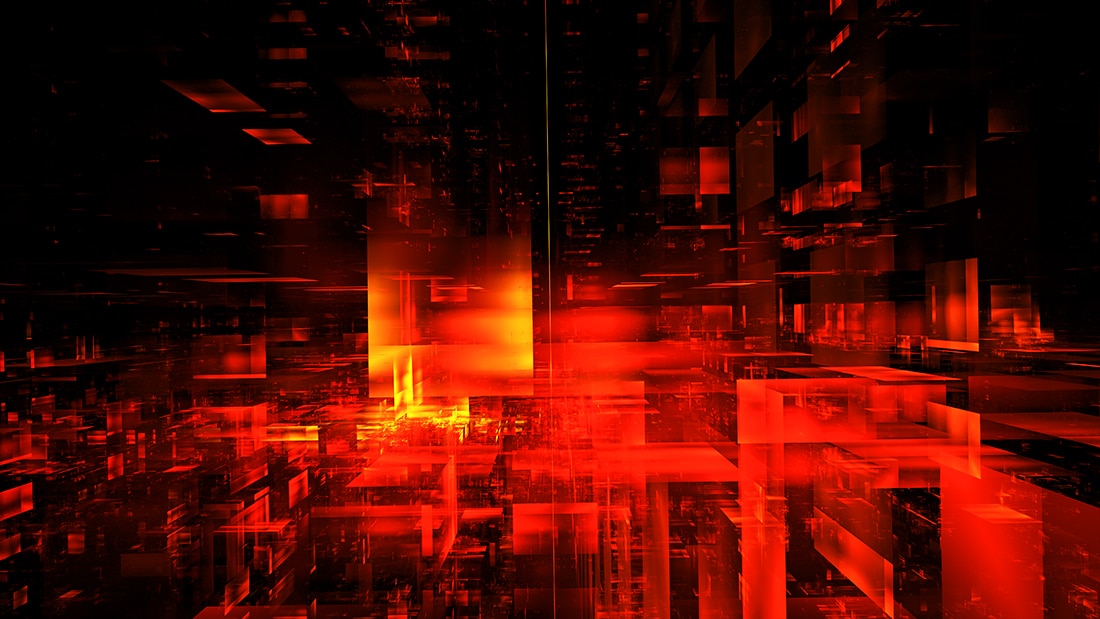Virtual reality (VR) technology has been making waves in the entertainment industry for a few years now, and the latest addition to its offerings is virtual reality concerts. These immersive experiences allow music fans to attend live concerts from the comfort of their homes using VR headsets, giving them an unparalleled view of the stage and an up-close and personal interaction with their favorite artists.
Leveraging this technology, music events are no longer confined by limited seating capacities or geographical barriers. It marks a revolutionary shift in how music fans consume and experience live events, bringing in an element of convenience and excitement. The ability to immerse oneself in a virtual concert venue creates a sense of «being there,» which cannot be matched by traditional live streams.
The immersive experience offered by virtual reality concerts is a completely different ball game from listening to music through speakers or watching a live stream on a screen. Artists can now design an environment that enhances the mood and tone of their music, making for a more personalized interaction with their fans. For example, the VR concert for US band Imagine Dragons’ latest album release featured a post-apocalyptic Vegas-style neon setting that connected with the album’s themes.
One of the significant advantages of virtual reality concerts is that it creates a more inclusive and interactive environment. Fans can connect with other fans in the virtual world and chat, share experiences and make new connections, fostering a sense of community. Moreover, there are no physical or logistical barriers to these concerts, opening up accessibility to fans worldwide.
With virtual reality concerts, there is a vast potential for innovation and experimentation. Artists can harness the technology to create highly customized live experiences, offering a range of possibilities for visual effects, special effects, and interactivity. For instance, the VR concert of British band Gorillaz featured interactive avatars, a virtual house-party environment, and even shopping and gaming experiences within the concert.
The monetization potential of virtual reality concerts cannot be understated, with discussions on the feasibility of charging fans for the immersive experience. While some concerts may be free, others might charge a premium. Additionally, VR headset owners would have the advantage of viewing the concerts in a higher resolution, adding another dimension to premium content.
In conclusion, virtual reality concerts offer a new frontier in the music industry, one that spans beyond simply watching a live streamed performance. The immersive and interactive experience creates new possibilities for fan engagement, event innovation, and monetization. As this technology evolves, it would be exciting to see how it transforms the dynamics of live performances and fan interaction.
- Gravity-Defying Dunk: Unleashing the Next Evolution of Basketball! - 29 de junio de 2023
- A Shattered World: Unveiling the Silent Triumph of Human Rights Fighters - 29 de junio de 2023
- Revolutionary Breakthrough: Unveiling an Unprecedented Paradigm Shift in Treatment Modalities! - 29 de junio de 2023
